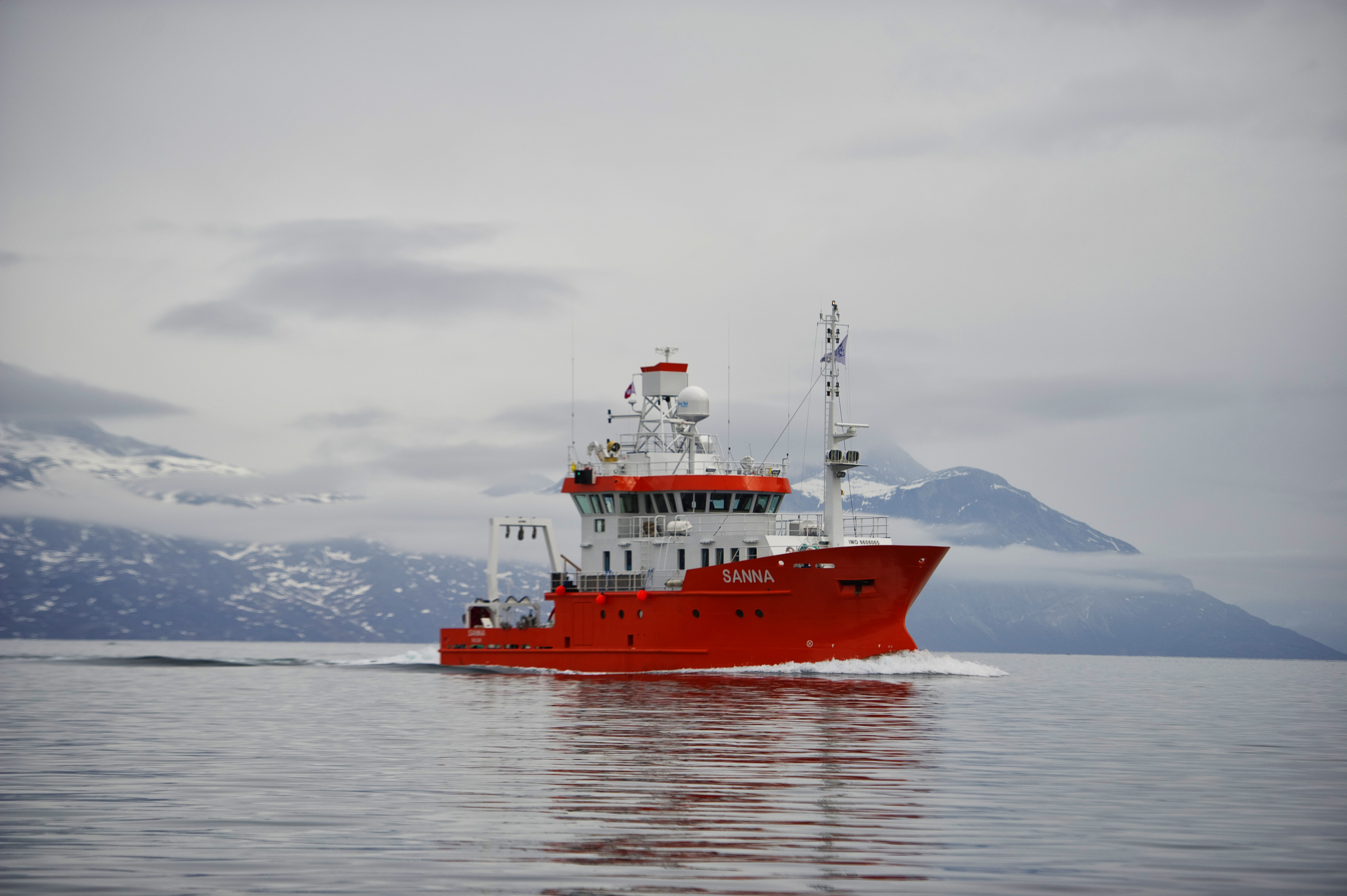Arctic nations cooperate on new interdisciplinary education i Nuuk
French, Belgian, English, Greenlandic, Danish. Corridors, laboratories and meeting rooms are going to buzz with different languages at the Greenland Institute of Natural Resources (GINR) when a new science education initiative is set in motion on February 13.


At GINR, university students from all over the world are going to attend the first of six different courses on Arctic environment, ecology, society and climate.
Together with Aarhus University and the University of Manitoba, Canada, GINR will make teaching staff and facilities available for an education programme designed to give university students expertise in Arctic climate, ecology, strategy and society.
In 2012 the three institutions initiated the 'Arctic Science Partnership', a partnership that has now led to an international education at graduate level in Nuuk.
Direct contact with the elements
"The six courses that we are offering through the next six months are the first step in a process towards a genuine scientific education with a permanent base in Greenland," says Klaus Nygaard, director of the Greenland Institute of Natural Resources.
The first course is a graduate course on the snow-covered sea ice. Eighteen students will come to Nuuk to work with sea ice in practice. The course will provide the students with knowledge of the many different characteristics of sea ice and the role of sea ice in the global climate.
Later this year a course on Arctic marine ecosystems will be offered where the students are going to sail with GINR’s new research vessel 'Sanna'. Together with three researchers from GINR, the students are to collect data all the way from the bottom of Nuup Kangerlua out to Fyllas Banke during a long-term expedition.
Knowledge is anchored locally
"We want to ensure that the knowledge that the international research team obtains is anchored locally in the Arctic. It is the whole idea behind the education," says Dorte Haubjerg Søgaard who is education coordinator at the Greenland Institute of Natural Resources in Nuuk and who will be the permanent coordinator of the education programme.
And that's why the team behind the courses is particularly pleased that two of the students are residents of Nuuk.
The course gives Mala Broberg, who lives in Nuuk and is currently working at GINR, the opportunity to continue his education. The course will provide him with special knowledge of Arctic ecosystems, which enables him to later complete his education as a biologist.
The two students from Nuuk are among a group of eight attending all six courses during the next six months. They will thus obtain new and in-depth knowledge of subjects such as snow, ice, ocean, minerals, consultancy and legislation.
And as an added bonus, seven of the students have access to accommodation in Nuuk where they will live with other students from Ilisimatusarfik (University of Greenland).
"We are very grateful to the Greenland Self-Government that through the Department of Education has made it possible to provide housing for the seven students. It is a huge helping hand for the entire project," says Lise Lotte Sørensen, education coordinator at the Arctic Research Centre, University of Aarhus.
Close cooperation with the high-school in Nuuk
Two students from the high-school in Nuuk will attend the first course on sea ice physics and chemistry, the very subject of their third-year assignment.
And the high-school will be closely connected with the new education programme. First, all science teachers at the high-school may participate in the lecture series during the course. Second, a mentoring agreement has been made between the third-year high-school students and the university students.
The mentoring scheme benefits both ways. The university students will stimulate the high-school pupils to a stronger interest in science, while the high-school students will introduce the university students to Greenland customs and traditions.
"We hope that it will create valuable friendships that will be of great benefit to the Greenland high-school students’ future education," says Dorte Haubjerg Søgaard.
Through the next six months those who are interested may follow the students' work at instagram and at the website of the Greenland Institute of Natural Resources: www.natur.gl.
Further information:
Dorte Haubjerg Søgaard, Education Coordinator, Greenland Institute of Natural Resources. Tel.: (+299) 361238, e-mail: DoSo@natur.gl
Liselotte Sørensen, Education Coordinator, Arctic Research Centre, Aarhus University. Tel.: (+45) 8715 6417; e-mail: lls@bios.au.dk
